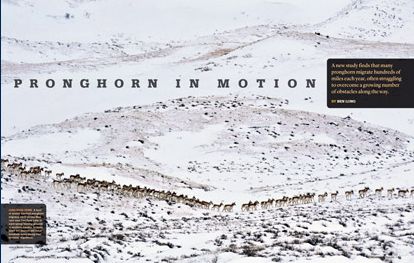Our Blog
MISSOULA FISHING
Why Missoula
Missoula is home to world class trout rivers including the Bitterroot River, Blackfoot River and Clark Fork River. Each of these unique rivers offer anglers tremendous fly fishing opportunities and the ability to fish multiple waters and catch multiple species of trout during one trip to the area.
The Missoula areas greatest asset is it’s diversity and then some:
- Healthy populations of Brown, Rainbow and Cutthroat Trout
- Beautiful scenery and incredible river features around every bend
- Incredible dry fly hatches that bring trout to the surface
- Excellent hatches and fly fishing conditions from March – November
The Missoula area boasts hundreds of miles of world class trout fishing rivers — making it the perfect home base for your fishing trip!
Missoula is one of the major fly fishing hubs in Montana because of its close proximity to hundred’s of miles of highly productive trout water in every direction. The Clark Fork River and its two main tributaries, the Bitterroot and Blackfoot Rivers, creates a watershed that offers anglers incredible trout habitat and prolific insect hatches. The cold, clean water of these three distinctly unique rivers creates healthy populations of Brown, Rainbow, Cutthroat, and even the endangered Bull Trout.
SPECIES GUIDES

MONTANA OUTDOORS
Pronghorn in Motion
A new study finds that many pronghorn migrate hundreds of miles each year, often struggling to overcome a growing number of obstacles along the way.
Rock Creek Fly Fishing
From its headwaters in the upper Sapphire range to its confluence with the Clark Fork twenty miles from Missoula, Rock Creek is a wading angler’s paradise. With over 2,000 wild trout per mile and a density of bug life rivaling some tailwaters, this “creek” is really a small river that flows through ponderosa lined meadows, pristine National Forest canyons and cottonwood choked bottoms. The tea-colored water drops at a heavy pitch through some of the most scenic terrain in the West, and fabled spots such as The Hogback , The Dalles, and The Microburst are as sought after for their views as their proximity to hungry trout. Boulders, deadfalls, cutbanks, cliff walls—Rock Creek offers literally every kind of trout holding water imaginable, and hatches of rare proportion draw its trout readily to the surface. Dense populations of wild trout, prolific hatches of dry flies, and epic scenery—three wonderful reasons why anglers seek out Rock Creek year after year.
WINTER AND SPRING ON THE CREEK: JANUARY – APRIL
Rock Creek, especially its upper end, fishes well throughout the winter. If you can find a ten-yard break in the shelf ice, you can usually drown two nymphs and come up a winner. As spring begins to break, hatches of midges and blue wings bring cutthroat, rainbow, and brown trout to the surface. April, pre-runoff, brings good if in consistent hatches of Skwalla stones and March Browns, as well as some great streamer fishing—think YELLOW—during the bumps in water flow.
ROCK CREEK SALMONFLY HATCH: MAY AND JUNE
As runoff subsides—Rock Creek drops and clears faster than any other area watershed—usually around Memorial Day, the fabled salmon fly hatch (#2-4) begins work its way upriver. A hatch with an unbelievable biomass, the Rock Creek salmonfly event is a spectacle not to be missed—often the alders and willows are so choked with emerged bugs that shaking a single tree branch will send hundreds of three-inch long stoneflies downstream. Eruption-like trout takes soon to follow!
On the heels of the salmon fly hatch, an equally prolific golden stone hatch keeps big cutthroat trout and brown trout active through June. Big tan sedges, and chunky Green Drakes also lure the Creek’s biggest fish to the surface, before the month rounds out its great fishing with Yellow Sallies, small caddis, and PMDs. The fishing is never technical up here, but this time of year, after a month where the fish have seen a fair number of offerings, can require reach-casts and longer leaders.

Facebook Comments